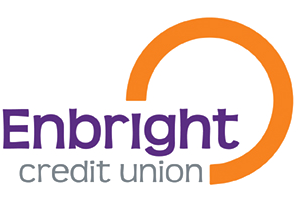Good Debt Versus Bad Debt
Debt can be good debt if it’s used for items that appreciate, such as a home equity loan. Debt can be bad debt if it is used for items that depreciate such as durable goods or credit card debt. Credit unions can help you learn more about debt and how to manage it.
Not all debt is necessarily bad, particularly when it can help you build wealth. It’s important to know the difference between good debt and bad debt and how to sort the good from the bad.
If you buy something that immediately goes down in value, that’s bad debt.
Let’s say you buy disposable items or durable goods with a high-interest credit card, and you don’t pay the balance in full when the bill arrives. You’re being charged interest while that item continues to depreciate and lose value, so that’s bad debt. On the other hand, investment debts that create value—such as real-estate loans, home mortgages, student loans, and business loans—are examples of good debt.
What about taking on more debt to reduce current debt?
A tax-deductible home-equity loan at 6% is considered good debt if you can use it to pay off a credit card with an interest rate of, say, 17%. Of course, the key is not to run those debts back up. What about auto loans? You might think they’re always bad debt because most cars go down in value, but if you take out an auto loan for a car that gets better gas mileage than your old vehicle, you could be better off financially.
What’s the best type of debt?
The No. 1 example of good debt is mortgage debt because home values generally increase. They plummeted during the Great Recession (2008–2009), but have increased nearly 49% since 2010. The current national average appreciation rate is 14.5% per year. Homeownership is one of the best ways to build wealth over time. Other strategies for building wealth include:
- Set “smart” goals (specific, measurable, adjustable, realistic, and time-oriented).
- Pay yourself first, and automate your savings using payroll deductions.
- Establish an emergency fund and take advantage of credit union savings vehicles, like savings accounts, money market accounts, certificates of deposit, youth savings, college fund, and holiday club accounts.
- Understand basic investing principles, such as compound interest, risk, diversification, dollar-cost averaging, and asset allocation.
- Reduce your debt. Start by paying off high-interest credit card debt and avoid late fees. Paying your bills on time makes up about 35% of your credit score.

